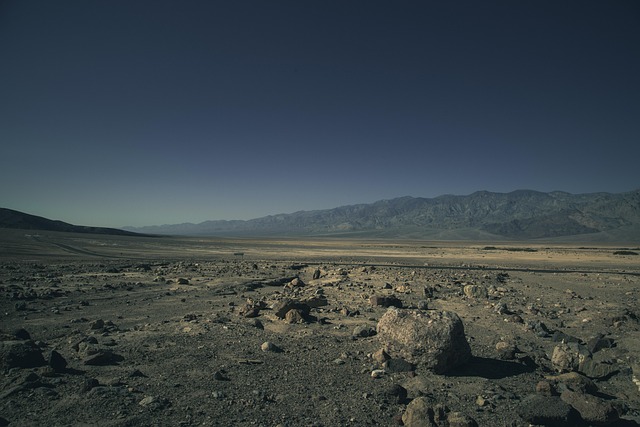When it comes to photography, mastering harsh light can feel like a daunting challenge. The very idea of shooting in bright sunlight evokes a sense of unease for many photographers. However, understanding the nuances of harsh light opens up a world of creative possibilities that can elevate your work to new heights.
Harsh light is often characterized by its stark contrast and unforgiving shadows. It creates a unique atmosphere that can enhance the textures and details of your subject, providing dramatic effects that softer light simply cannot achieve. With the right techniques and equipment at your disposal, you can harness the power of harsh light to create stunning images.
One of the key techniques for working with harsh light is to be aware of your camera settings. Adjusting your exposure can help you balance out the stark contrasts and prevent blown-out highlights. If available, utilize a lens with a lower f-stop to create a shallow depth of field. This technique allows your subject to stand out against a bright background while keeping distractions at bay.
In addition to camera settings, consider the use of optics in your gear. Using polarized filters can significantly reduce glare and enhance color saturation, giving your photos a much more vibrant appearance. Moreover, experimenting with different lenses, like a wide-angle or macro lens, can help you capture the essence of harsh light in different contexts.
Another vital aspect of dealing with harsh light is the time of day you choose for your shoots. While midday sun is notorious for creating overly bright conditions, the golden hour—shortly after sunrise or before sunset—offers a softer yet still impactful quality of light. During these times, the sun is low in the sky, casting a warm glow that can envelop your subjects in a beautiful embrace.
In scenarios where you can’t avoid harsh light, make use of shadows. Positioning your subject in interesting shadow patterns can create depth and intrigue, transforming an otherwise challenging situation into a unique composition. Always keep your eyes open for shadows, as they can create lines and shapes that draw the viewers’ attention.
Finally, remember that post-processing is your friend. Using editing software, you can make necessary adjustments to exposure, contrast, and colors. This post-production work can help you achieve the final look you envision for your images shot in harsh light. By embracing both the challenges and the advantages of this lighting condition, you can develop your unique style and enhance your portfolio.
So next time you find yourself standing under the glaring sun, approach the situation with confidence. With a keen eye and an understanding of how to manipulate camera settings and optics, you can transform harsh light from an adversary into a powerful ally in your photography journey.




